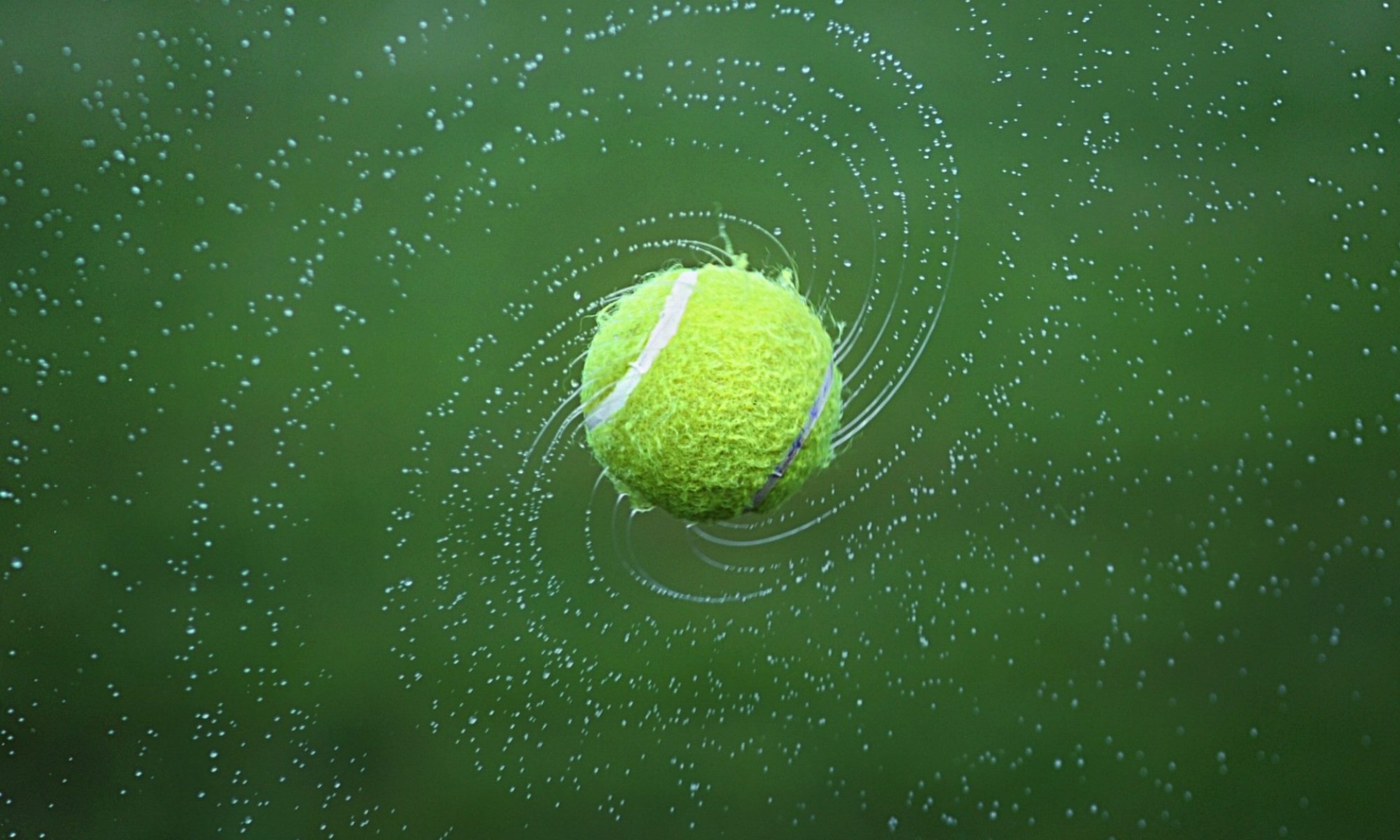*improve forehand consistency and power
The forehand is most players’ best offensive shot. To make it a more consistent, more powerful weapon, it helps to hit it from the same spot, relative to your body. This is the Power Zone.
The power zone for your forehand (and backhand) is between your knees and chest, approximately two feet from your body. Hitting balls in this zone will allow you to add the most control, spin and power to your shots.
The best way to insure that you hit balls from your power zone is with your footwork.
*move your feet to position balls in your Power Zone
-
Stay light, on your toes, knees bent
-
Split-step(bounce evenly on balls of both feet) as your opponent makes contact
-
Take small adjustment steps as you get closer to the ball
-
Use shuffle steps to recover quickly after shots
By practicing good footwork, you can turn different types of balls (high, low and wide) into shots you can hit from your power zone. Keep your feet moving to turn on the power!
